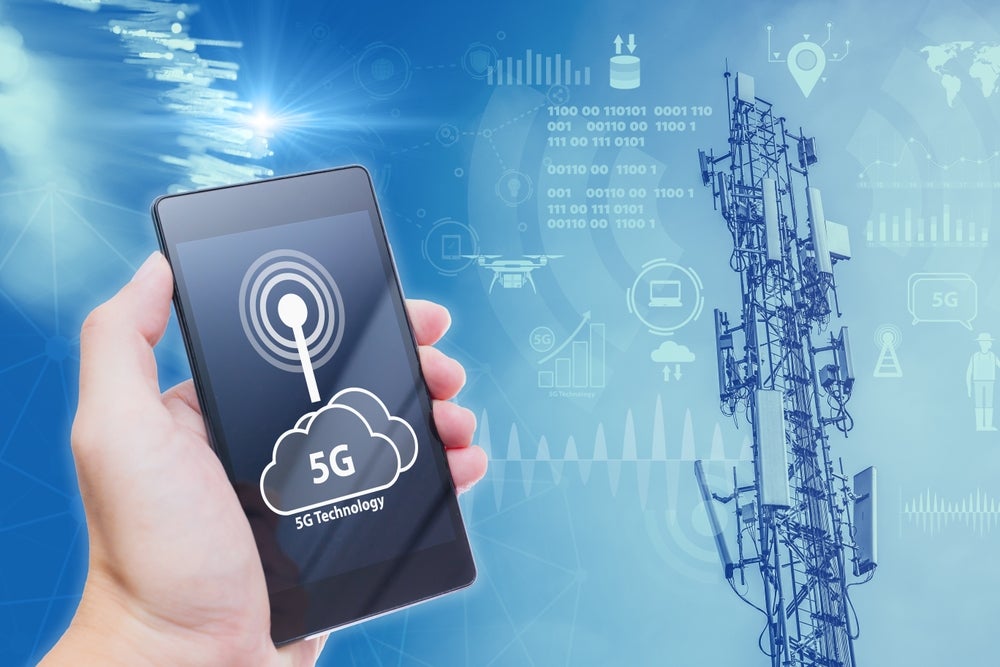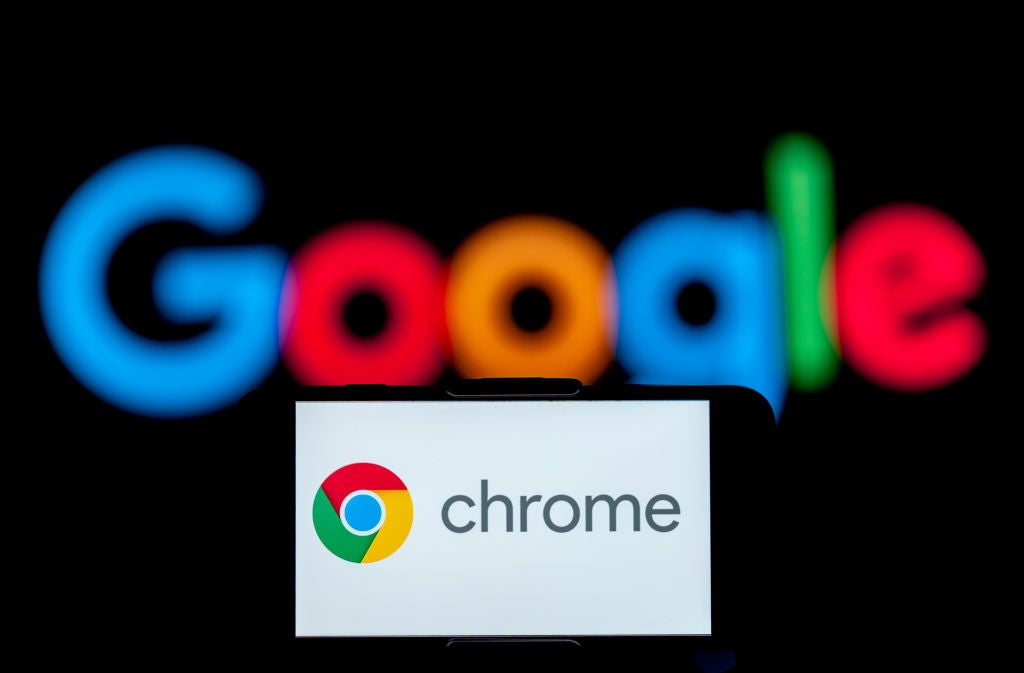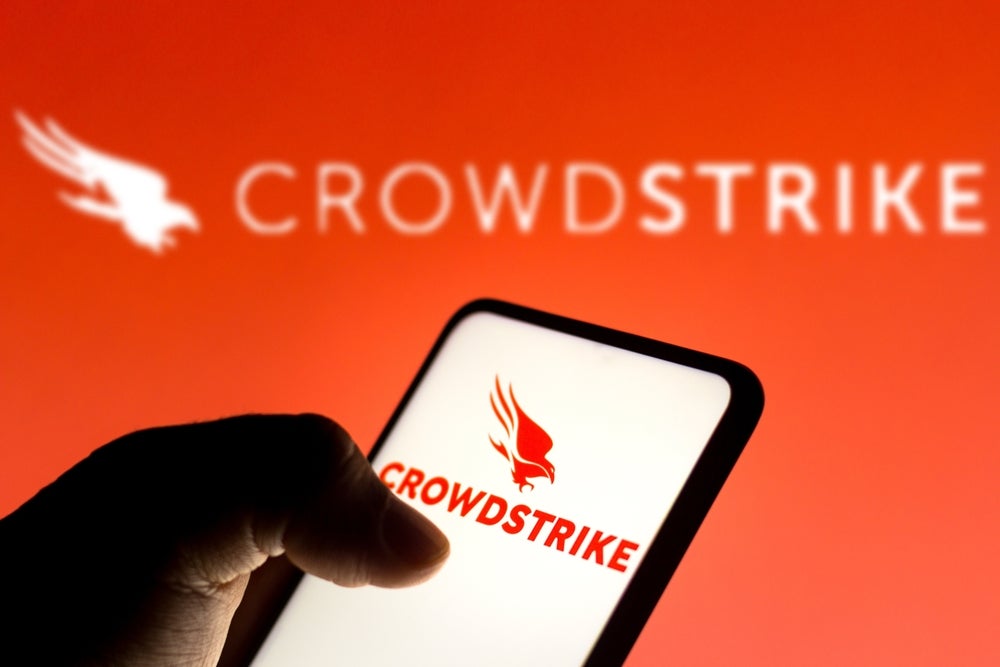
Right at the moment when mobile operators need to replace their aging voice infrastructure, a new voice monetization opportunity has become available in 5G New Calling.
To prevent over-the-top services from beating New Calling capabilities in the market, operators must preserve the experience advantage offered by bonded data and video channels, and must innovate more rapidly.
Mobile operators are facing a rare and fortunate convergence of unavoidable network refresh spending with a new opportunity to monetize that investment. The pressure to refarm the spectrum used for legacy 2G and 3G voice, combined with the need to retire aging circuit-switched voice equipment is forcing mobile operators to move to Voice Over LTE (VoLTE) and Voice Over New Radio (VoNR). VoLTE is used in 4G and 5G NSA networks, while VoNR is used in 5G SA networks. Of the two, VoLTE will carry the bulk of mobile voice traffic while operators look for different monetization use cases for 5G SA.
Carriers need to upgrade for New Calling success
So far, this isn’t surprising: customers expect mobile voice and regulators require it, so carriers need to upgrade to provide it more efficiently and reliably. The new service opportunities come from the ability to bond data and video channels to the voice channel, enabling a variety of interactive features in the call. Early experiments include simultaneous translation, visual voice calls such as caller avatars, in-call integration of visual menus, authenticated personal communications, and extended reality. The main industry body working on these capabilities is GSMA’s the 5G New Calling Foundry although TIP’s Metaverse Ready Networks initiative is doing some parallel work, especially on the data channel side. The primary carrier champion to date has been China Mobile, which is constructing a nationwide New Calling network. New Calling is also gaining momentum outside of China, with plans announced by Zain Kuwait and Telefonica.
Success with New Calling faces two threats, at least one of which carriers can control:
1) Handset support for the bonded carrier data and video channels is essential. Android and other OS manufacturers are adding support for these features, but Apple is historically slower to open up its devices to innovations that compete with its own services.
How well do you really know your competitors?
Access the most comprehensive Company Profiles on the market, powered by GlobalData. Save hours of research. Gain competitive edge.

Thank you!
Your download email will arrive shortly
Not ready to buy yet? Download a free sample
We are confident about the unique quality of our Company Profiles. However, we want you to make the most beneficial decision for your business, so we offer a free sample that you can download by submitting the below form
By GlobalData2) Like many network services, New Calling features can often be replicated by over-the-top services and apps. New Calling’s advantage over web-based services is that its bonded video and data channels can provide lower latency, better synchronization, and therefore better user experience.
While Apple’s slowness in opening up its handsets is an obstacle, it is not insurmountable. Operators can always start by pushing their New Calling services to non-Apple handsets, especially for enterprise use cases, and potentially to smart home terminals. Negotiations with Apple will take more time, but the California device maker has shown that it will eventually adopt network innovations once the ecosystem matures and industry pressure is strong. To make their New Calling offerings successful, operators absolutely must preserve their experience advantage over web-based apps by optimizing their networks to retain the performance of the bonded voice, data, and video channels.






Related Company Profiles
Apple Inc
China Mobile Ltd
Telefonica SA
Telefonica UK Ltd